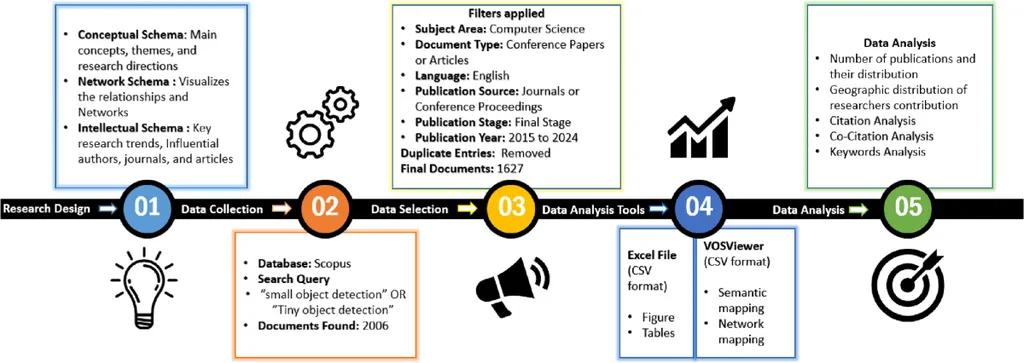In the rapidly evolving world of computer vision, a critical challenge has been tackled head-on by researchers, with significant implications for industries like energy, surveillance, and autonomous systems. A comprehensive survey published in the journal *Intelligent Systems with Applications* (translated from Persian as “Intelligent Systems with Applications”) sheds light on the advancements and hurdles in small object detection (SOD), a task that has long perplexed experts due to its inherent complexities.
Led by Mahya Nikouei from the Faculty of Computer Science and Engineering at Shahid Beheshti University in Tehran, Iran, the survey delves into the nuances of SOD, highlighting its importance in applications ranging from traffic monitoring to precision agriculture. “Small objects contain limited spatial and contextual information, making accurate detection difficult,” Nikouei explains. “Challenges such as low resolution, occlusion, background interference, and class imbalance further complicate the problem.”
The survey meticulously reviews recent advancements in deep learning techniques tailored for SOD, focusing on articles published in top-tier journals during 2024–2025. Innovations such as multi-scale feature extraction, super-resolution techniques, attention mechanisms, and transformer-based architectures have paved the way for more accurate and efficient detection systems. “Recent advancements in deep learning have introduced innovative solutions,” Nikouei notes, emphasizing the transformative potential of these technologies.
One of the standout findings is the practical impact of these architectural advances. For instance, the FFCA-YOLO method achieved impressive Average Precision (AP) scores of 0.748, 0.617, and 0.909 on the VEDAI, AI-TOD, and USOD datasets, respectively, in remote sensing applications. Similarly, the DsP-YOLO method has shown promise in industrial defect detection, reaching a mean Average Precision (mAP) of 95.8% on the PCB-DET dataset. These advancements are not just academic achievements; they have real-world commercial implications, particularly in the energy sector.
In the energy industry, small object detection is crucial for tasks such as monitoring infrastructure for defects, ensuring the safety and efficiency of operations. For example, detecting small cracks in pipelines or identifying minute anomalies in solar panels can prevent catastrophic failures and reduce maintenance costs. The survey highlights the potential of these technologies to revolutionize how energy companies approach surveillance and maintenance, ultimately leading to more reliable and cost-effective operations.
Moreover, the survey discusses emerging trends such as lightweight neural networks, knowledge distillation, and self-supervised learning, which offer promising directions for improving detection efficiency in resource-constrained environments. These advancements are particularly relevant for applications like Unmanned Aerial Vehicles (UAV)-based surveillance and edge computing, where real-time performance and efficiency are paramount.
The survey also underscores the importance of widely used datasets and standard evaluation metrics, such as mAP and size-specific AP scores, in driving progress in the field. By consolidating recent findings and identifying research gaps, the survey serves as a valuable resource for researchers aiming to advance SOD methodologies.
As we look to the future, the research highlights open challenges and potential directions, emphasizing the need for robust domain adaptation techniques, better feature fusion strategies, and real-time performance optimization. These advancements could shape the future of small object detection, making it more accurate, efficient, and adaptable to various real-world applications.
In conclusion, the survey by Nikouei and her team not only provides a comprehensive overview of the current state of small object detection but also offers a roadmap for future developments. As industries continue to embrace advanced technologies, the insights from this research will be instrumental in driving innovation and improving operational efficiency. The publication in *Intelligent Systems with Applications* further underscores the significance of this work, making it a must-read for professionals and researchers in the field.

